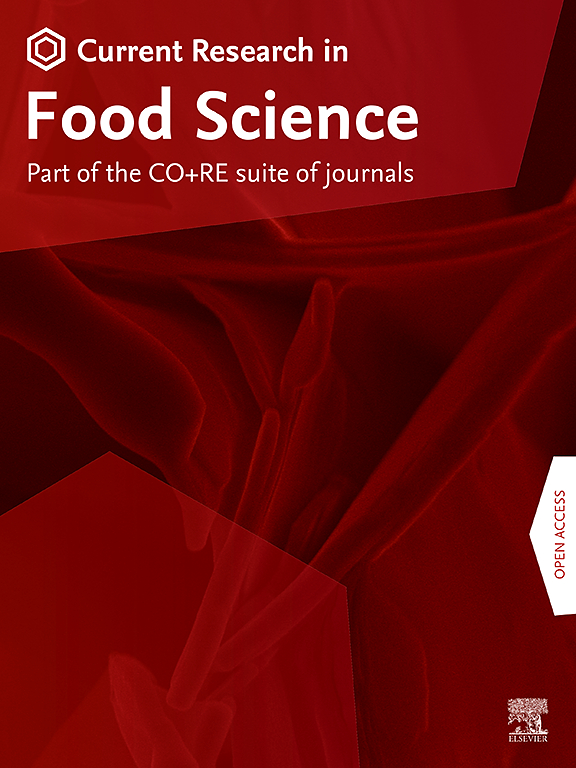Dual imaging technique for a real-time inspection system of foreign object detection in fresh-cut vegetables
Abstract
Fresh-cut vegetables are a food product susceptible to contamination by foreign materials (FMs). To detect a range of potential FMs in fresh-cut vegetables, a dual imaging technique (fluorescence and color imaging) with a simple and effective image processing algorithm in a user-friendly software interface was developed for a real-time inspection system. The inspection system consisted of feeding and sensing units, including two cameras positioned in parallel, illuminations (white LED and UV light), and a conveyor unit. A camera equipped with a long-pass filter was used to collect fluorescence images. Another camera collected color images of fresh-cut vegetables and FMs. The feeding unit fed FMs mixed with fresh-cut vegetables onto a conveyor belt. Two cameras synchronized programmatically in the software interface simultaneously collected fluorescence and color image samples based on the region of interest as they moved through the conveyor belt. Using simple image processing algorithms, FMs could be detected and depicted in two different image windows. The results demonstrated that the dual imaging technique can effectively detect potential FMs in two types of fresh-cut vegetables (cabbage and green onion), as indicated by the combined fluorescence and color imaging accuracy. The test results showed that the real-time inspection system could detect FMs measuring 0.5 mm in fresh-cut vegetables. The results showed that the combined detection accuracy of FMs in the cabbage (95.77%) sample was superior to that of green onion samples (87.89%). Therefore, the inspection system was more effective at detecting FMs in cabbage samples than in green onion samples.


 求助内容:
求助内容: 应助结果提醒方式:
应助结果提醒方式:


